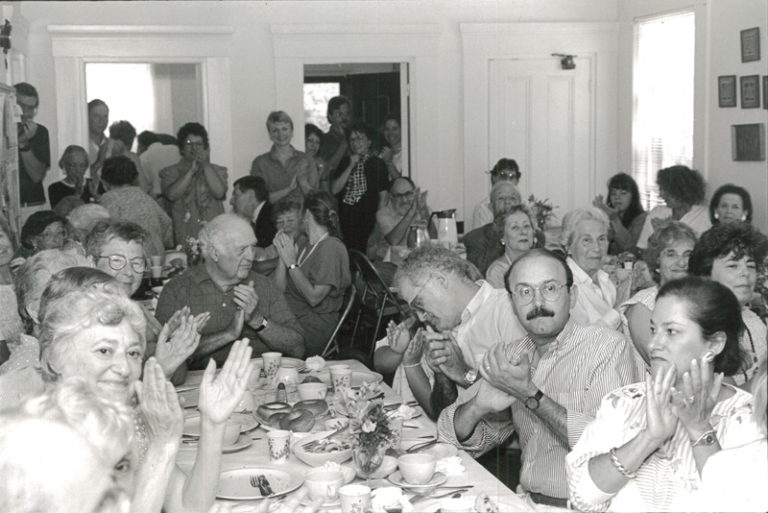
Breakfast at the old Hebrew Center for an Israel bonds drive, 1989. —Courtesy M.V. Museum
I met Bess Abrahams (daughter of Carole Cronig Abrahams of Vineyard Haven) at the Island Theatre Workshop when I was about 8 or 9. Early on in our friendship, Bess and I would use our play rehearsal times to confide in each other. They were benign confessions. Things like: “I know it sounds gross, but I like to eat red grapes with cheddar cheese!” or “I sometimes sleep with a light on in the bathroom.” But then, one day, Bess pulled me aside during a rehearsal for “The Space Between” and told me most seriously, “My mom and her sisters are not happy with the Rabbi right now.” While I never learned the details around this particular displeasure with the Rabbi, I did learn, over the ensuing years, that critically evaluating one’s teachers, leaders — especially spiritual leaders — was, in essence, part of the Cronig Abrahams’ family tradition, which has always been one of the things I love most about them.
I was recently reminded of all this while visiting the Martha’s Vineyard Museum’s excellent exhibit: “They Planted the Seeds: Creating Jewish Community on Martha’s Vineyard.” In her interview with the museum’s oral historian and co-curator Linsey Lee, Helen Issoksen says, “A Rabbi’s position in a congregation is under such scrutiny. It’s worse than the President of the United States. The President of the United States has nothing on the rabbi of a diverse congregation.”
As co-curator Bonnie Stacy told me, the idea for the museum’s exhibit began as a way to commemorate the Hebrew Center’s 70th anniversary in 2020, but due to COVID it got pushed back. “And then, when the Hebrew Center decided to donate its papers to the museum’s official archive, the breadth of it expanded. There were these incredible photographs and Linsey Lee had these wonderful oral histories that tied in with the papers and we felt we needed to tell a bigger story: the Jewish Immigrant experience here on the Island,” Bonnie said. In 1911, Samuel Cronig came to the Island followed by Judel Brickman in 1913. Then came the Butlers, the Halls, Issoksens, Kliglers, Levinsons, Millers, Osmans, and Pearlsteins. These families, among many others, set up institutions that have defined our community, including how we eat. In the same interview with Linsey Lee, Helen Issoksen says, “I swear we introduced bagels to the Island.”

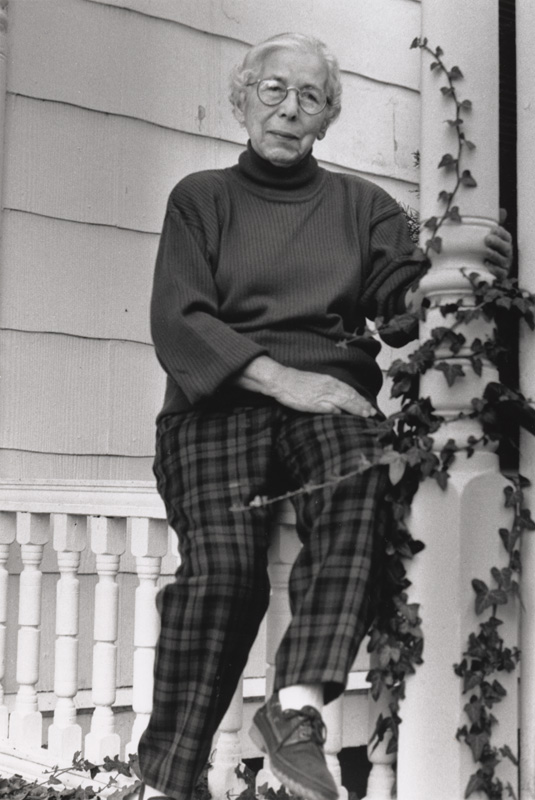
Co-curator Linsey Lee shares that some of her interviews, such as with Anne Cronig, are from the 1990s. “The thing about this project is that it is so wonderful looking into Jewish community here because you can get right back to the beginning. I didn’t know some of these people, but I certainly saw them in the store. I also love that this is the story of the formation of a community. There is a kind of bravery in coming to this country, not knowing English, having no money and, within a number of years, earning enough to bring one’s brothers over and then establishing something like Cronig’s, which is one of the anchor stores of the Vineyard. It’s a very American experience,” Linsey reflects. “I also appreciate the fact that when there was a minion of ten men in Vineyard Haven, that they started a Hebrew Center rather than a temple, making a place that would attract all sorts of people. Today, it is one of the intellectual hubs of the Vineyard for everybody because it is very ecumenical.”
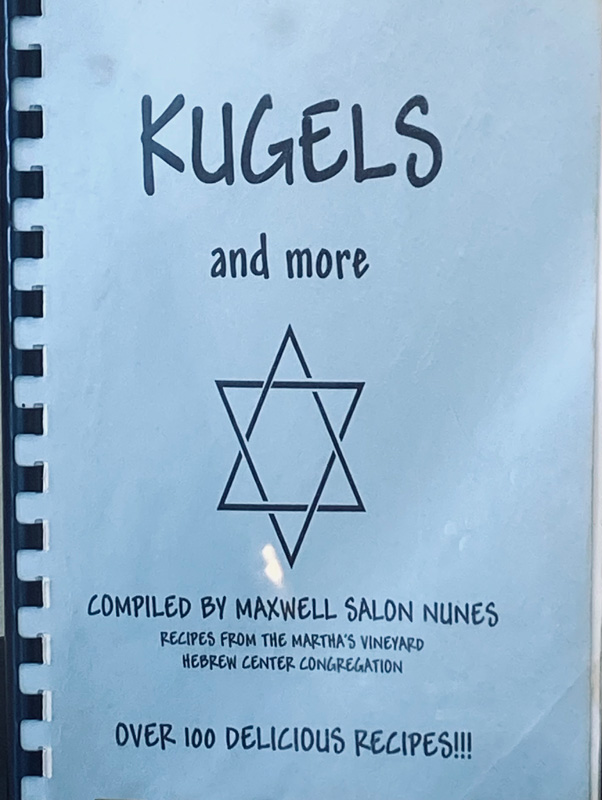
In their research for the exhibit, co-curators Linsey Lee and Bonnie Stacy worked with a group of advisors including Rabbi Broitman, Gayle Stiller, Linda Vadasz, Sally Kohn, Peter Cronig, Edward Kaplan, Elisa Kappell, Claudia Canerdy, Benjamin Hall Sr, Charlotte Hall, Nancy Salon, Jeffery Kramer, Carole Abrahams, and Joan Nathan. Many of these folks loaned photographs and extraordinary objects for the exhibit. A few standouts: Jeffrey Kramer loaned the Cronig’s sign, which reads, “If you are on earth, own a slice of it”; Claudia Canerdy donated a sign-making kit that was used in Edgartown’s Hall’s Department Store; Nancy Salon loaned her son Salon Nunes’ cookbook “Kugels and More” from his bar mitzvah. Joan Nathan brought her expertise on Jewish food. “Joan searched through the museum’s cookbook archives, looking for early Jewish recipes. She found so many recipes. It’s wonderful! So, as part of the exhibition, is giving a talk about what she’s found,” Bonnie said.
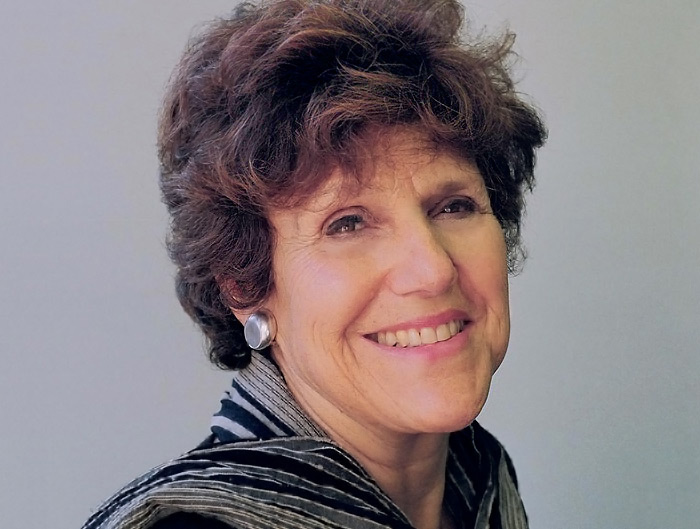
Joan Nathan is of course one of the pre-eminent experts on Jewish cooking and food in America. When I call her up to talk to her about her relationship with the Island and research for the museum and her talk, she tells me that she and her late husband, Alan Gerson, first came to Martha’s Vineyard in 1976 when she was pregnant with her daughter Daniela to visit Massachusetts Supreme Court Justice Ben Kaplan and his wife Felicia Lamport. “We just loved it and started renting all these inexpensive mice infested places in Chilmark,” she laughs. Then, when her TV series “Jewish Cooking in America” came out she was invited to come speak at the Hebrew Center. Alan came along and they asked Jim Feiner to take them around to look at properties. They found some land off of North Road and bought it. “It was the smartest thing we ever did,” she says.
Joan shares that beyond spending her summers here, her family will often come up from Washington, D.C.. to celebrate Rosh Hashanah. “We’ll gather here after synagogue and have a luncheon. I usually make a salmon or striped bass gefilte fish ring, a sweet and sour fish recipe. It’s German. Brisket, which is really hard to get here on the Island. Then I’ll make an Israeli couscous and vegetables and salads from the garden. I usually make my own horseradish and I want to make some this year, but I’ve got to find it in the garden. And then there’s my family’s Italian plum tart. Of course people bring their own contributions and family recipes too. During the shutdown for COVID, we turned our deck into a synagogue and gathered here for services.”
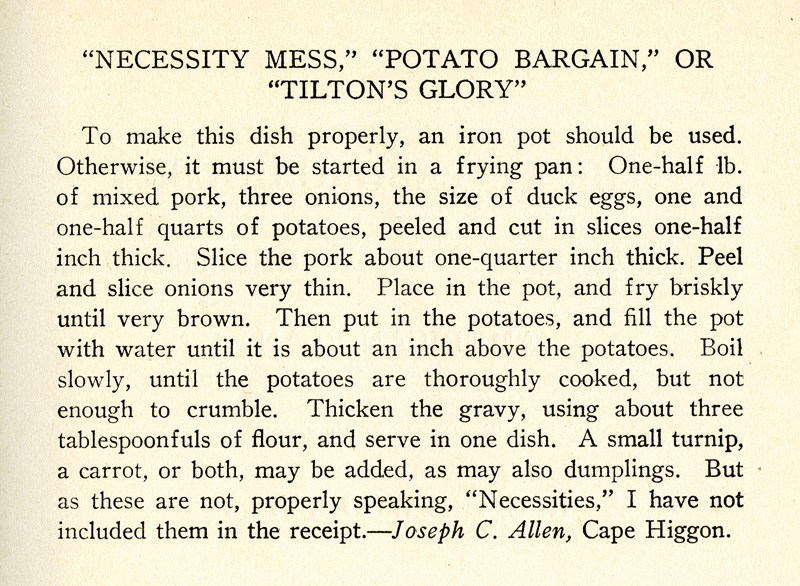
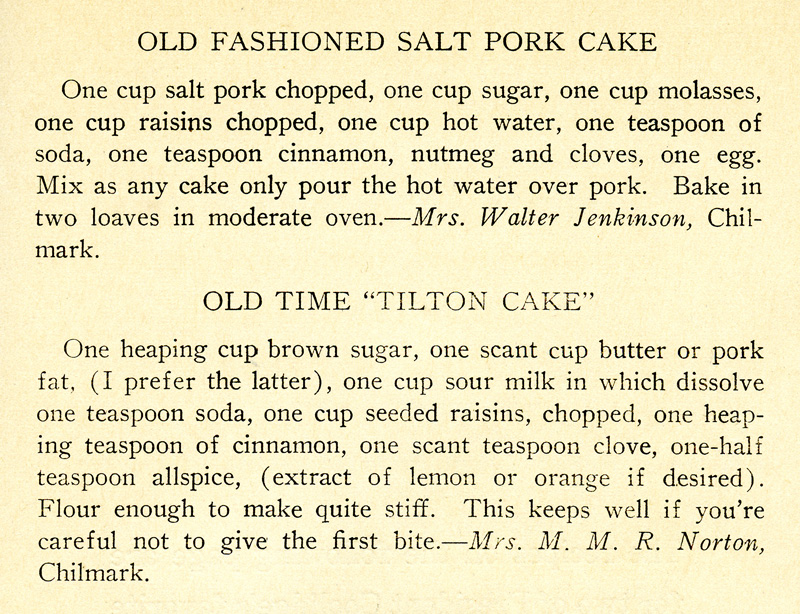
We talk about the recipes she discovered in the museum archives. “I found a cookbook from 1925 called ‘Vineyard Recipes.’ It was a cookbook the hospital put out. It had all kinds of things in it,” Joan notes, “and all the recipes are identified as being from one place or another. German, English, Russian, Czech, and then there’s a recipe for potato pudding, which has no country designation, but is, of course, Jewish.” Another cookbook she found has a recipe for Jewish Herring Salad by Mrs. Edward Cronig. “And there is a later cookbook featuring a recipe by Ms. Kestenbaum from Oak Bluffs for Russian Noodle Pudding, which is, of course, a kugel,” she laughs. “It’s amazing.”
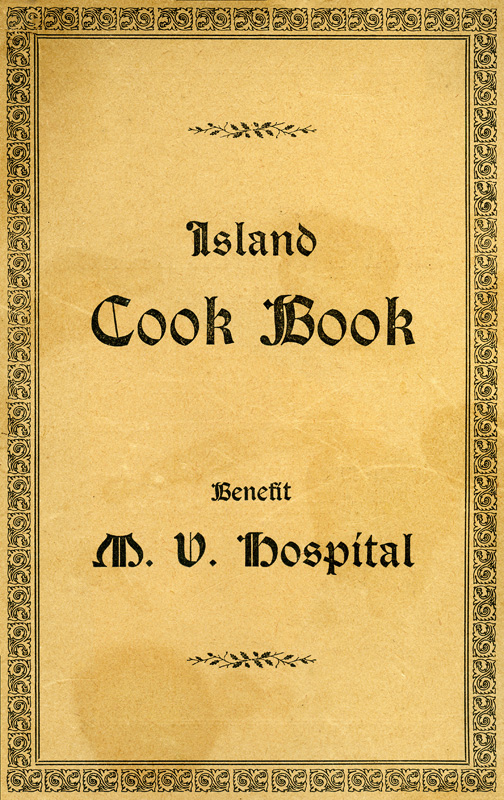
I think it is also amazing that Vineyarders have been cooking for the high holy holidays — Passover, Rosh Hashanah, Yom Kippur, and Hanukkah — for more than 100 years — but learn from an interview with Linsey Lee and the late Anne Cronig that this assumption is wrong. In the interview, Anne Cronig says, “We didn’t have much in the way of religious upbringing, but what little we had, we had in member’s homes… They talk about celebrating Hanukkah. I’d never heard of Hanukkah when I was growing up. But because Christmas comes at that time of year, Hanukkah has become more important on the Jewish calendar as a sort of consolation prize for the children of the Jewish faith I think… Well, we never celebrated Hanukkah. I’d never even heard of it. It’s a very minor holiday.”
Nonetheless, these days Hanukkah is celebrated here. So we thought for our harvest issue, which happens to come out around the High Holidays, that Edible would join the celebrations with some time tested recipes from this century’s Island Jewish cooks. We have aimed for foolproof, anyone-can-make-this-and-it-is-delicious recipes. And, in honor of the fact that there are so many wonderful cooks on the Island, we have curated a potluck recipe party for you and friends to divvy up and cook with. As Linsey Lee pointed out, “The Jewish community here is a true potluck of what all the people can bring — morally, intellectually, physically.” And I would add gustatorially. Joan Nathan’s challah recipe is unparalleled. I have eaten some braided by her hands. Wow. And it is easy to make as well. As is her beef brisket. My friend Rebekah Thomson’s mom Susan Parker’s latkes are, in my daughter’s words, “Simply the best.” And chef Krem Miskevich of Good Pierogi and Fantzye Bagels shared their Polish recipe for Sufganiyot (jelly filled donuts! YUM!). Krem told me, “I do not have any story behind this recipe, except that I love a moist, squishy donut.” What I love about all of these recipes is that they are in one way or another part of our Vineyard family history. And the simple act of making these foods makes a new history. So chag sameach [pronounced: khag sah–meh-ahkh] or happy holiday!
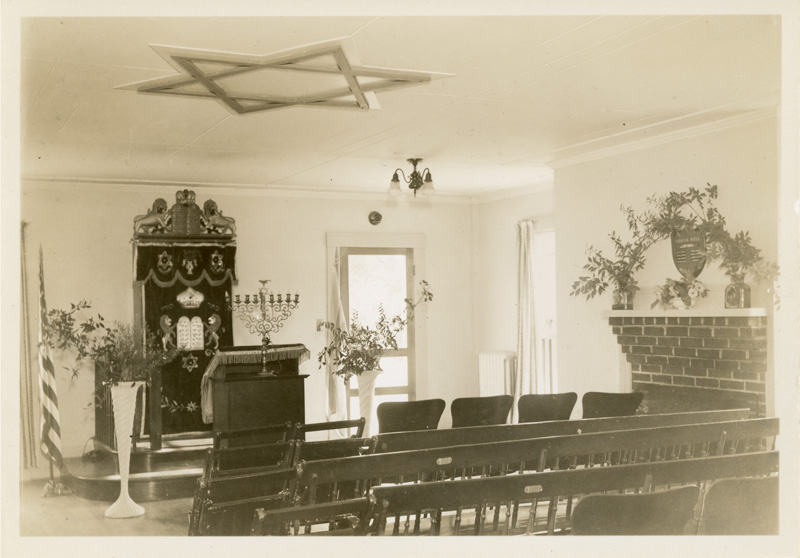
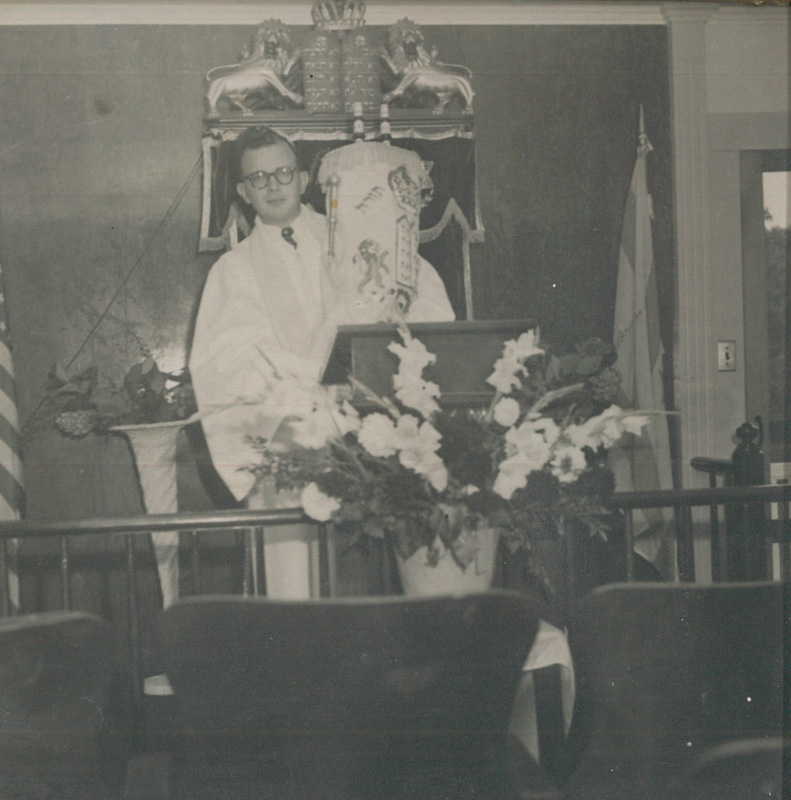
Joan Nathan’s Favorite Challah Recipe (Also ours!)
Yield: 2 challahs
1½ packages active dry yeast (about 3½ tsp.) 1 Tbsp. plus ½ cup sugar ½ cup vegetable oil, more for greasing bowl 5 large eggs 1 Tbsp. salt 8 to 8½ cups all-purpose flour
In a large bowl, dissolve yeast and 1 Tbsp. sugar in 1¾ cups lukewarm water.
Whisk oil into yeast, then beat in 4 eggs, one at a time, with remaining sugar and salt. Gradually add flour. When dough holds together, it is ready for kneading. (You can also use a mixer with a dough hook for both mixing and kneading.)
Turn dough onto a floured surface and knead until smooth. Clean out the bowl and grease it, then return the dough to the bowl. Cover with plastic wrap and let rise in a warm place for 1 hour, until almost doubled in size. Dough may also rise in an oven that has been warmed to 150°, then turned off. Punch down dough, cover and let rise again in a warm place for another half-hour.
To make a six-braid challah, either straight or circular, take half the dough and form it into six balls. With your hands, roll each ball into a strand about 12 inches long and 1½ inches wide. Place the six in a row, parallel to one another. Pinch the tops of the strands together. Move the outside right strand over two strands. Then take the second strand from the left, and move it to the far right. Take the outside left strand, and move it over two. Move the second strand from the right over to the far left. Start over with the outside right strand. Continue this until all strands are braided.
For a straight loaf, tuck ends underneath. For a circular loaf, twist into a circle, pinching ends together. Make a second loaf the same way. Place braided loaves on a greased cookie sheet with at least 2 inches in between.
Beat remaining egg and brush it on loaves. Either freeze breads, or let rise another hour.
If baking immediately, preheat the oven to 375° and brush loaves again. If freezing, remove from the freezer five hours before baking. Dip your index finger in the egg wash, then into poppy or sesame seeds, and then onto a mound of bread. Continue until bread is decorated with seeds.
Bake in the middle of the oven for 35 to 40 minutes, or until golden. Cool loaves on a rack.
Joan Nathan’s Brisket in Sweet-and-Sour Sauce
Serves 12
In the New York Times, Joan wrote, “Brisket is the Zelig of the kitchen. It takes on the character of whoever cooks it. In the early part of the 20th century, when ‘The Settlement Cook Book’ reigned supreme in American Jewish households, recipes for savory briskets of beef with sauerkraut, cabbage, or lima beans were the norm. As tastes became more exotic, cranberry or barbecue sauce, root beer, lemonade and even sake worked their way into recipes. Here, Coca-Cola is the secret ingredient, along with ginger. The result is sublime, and the dish only improves if it’s cooked a day in advance of serving it. However, you can prepare and serve it the same day if you’d like, though you may want to use a fat separator to strain the fat from the finished sauce. Several readers commented that the original cooking time and temperature on the recipe (three hours, including one hour uncovered, at 350°) were inaccurate. We’ve retested and adjusted the recipe, so the brisket now cooks for five to six hours, covered, at 325°. Please also note that this recipe is not kosher for Passover.”
1 medium onion, peeled and quartered 12-in. piece fresh ginger, peeled, cut into chunks 6 large cloves garlic 1 cup ketchup ½ cup dry red wine ¼ cup cider vinegar ¼ cup soy sauce ¼ cup honey ¼ cup Dijon mustard 1 Tbsp. coarsely ground pepper, or to taste ¼ tsp. ground cloves 1½ cups Coca-Cola or ginger ale ½ cup olive oil 1 first-cut brisket, 6 to 7 pounds, rinsed and patted thoroughly dry
Let meat stand at room temperature for 30 minutes before cooking. Preheat oven to 325°.
Place everything but the soda, olive oil, and brisket into a food processor, and process with steel blade until smooth. Pour the mixture into a large bowl, and whisk in soda and olive oil.
Place brisket, fat side up, into a heavy baking pan just large enough to hold it, and pour sauce over it. Cover tightly and bake for three hours. Turn brisket over, cover pan, and bake two to three hours more, or until fork-tender. Cool, cover brisket, and refrigerate overnight in cooking pan.
The next day, transfer brisket to a cutting board, cut off fat, and slice with a sharp knife against grain to desired thickness. Set meat aside. Remove any congealed fat from sauce, and bring to a boil on top of stove.
Heat oven to 350°. Taste sauce to see if it needs reducing. If so, boil it down for a few minutes, or as needed.
Return meat to sauce, and warm in oven for 20 minutes. Serve warm.
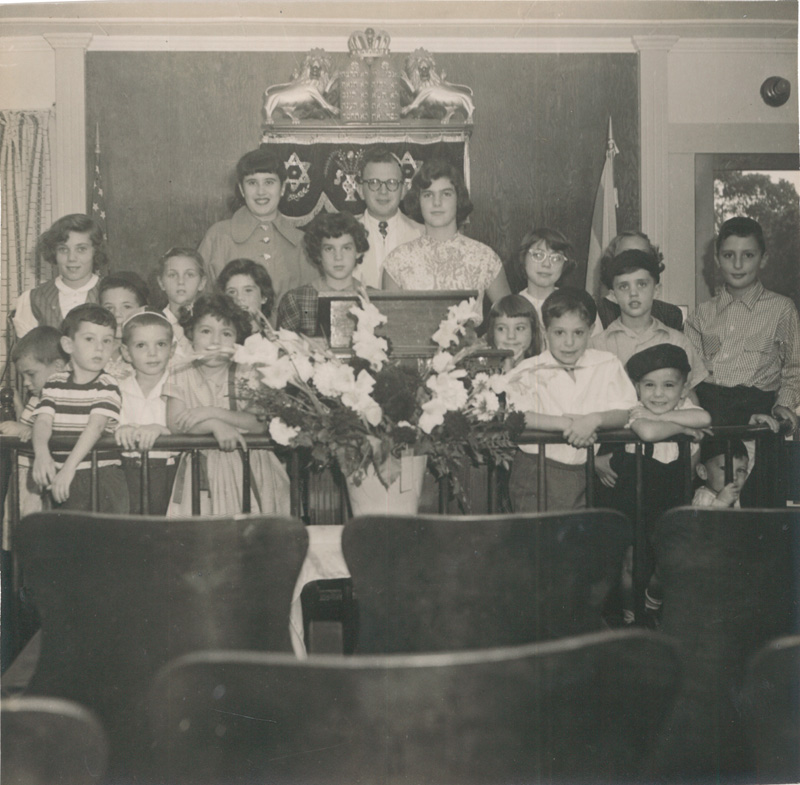

Parker Family Latkes
10 large potatoes (I usually use russet, but also works well with white and/or red), grated (using larger, round holes in box grater) — I don’t peel them. 2 medium onions, peeled and grated (also using large, round holes in box grater) 2 large eggs, beaten ¼ cup flour or matzo meal vegetable oil To serve: applesauce, cinnamon, sour cream
Working in batches, wrap the grated potatoes and onion in a kitchen towel, and squeeze the liquid from them.
Combine the potato-onion mixture with the beaten eggs, salt, pepper, and flour.
Over high heat, fill frying pan with ¼ inch oil. Once oil is really hot, carefully place a small handful/large spoonful of mixture into the really hot oil. The mixture should be flattened, but not overly handled. Fry over high heat until golden brown and crispy, then gently flip and brown the other side. Dry on paper towels.
Serve with applesauce/cinnamon mixture, and/or sour cream.
Krem Miskevich’s Good Pierogi Sufganiyot (Pączki)
Serves about 15
4 cups all-purpose flour or 3 cups all-purpose flour and 1 cup cake flour 1 cup warm milk or water 4 egg yolks, medium size ⅓ cup sugar 2 Tbsp. fresh or 1 ½ tsp. active dry yeast ⅓ cup butter, melted or sunflower oil nice pinch of salt 2 Tbsp. of vodka — can be omitted Oil (or duck fat) for frying 2.5-inch ring cutter
Measure out all the ingredients first. Make a starter with the yeast, 3 Tbsp. of the warm milk or water, 1 Tbsp. of the flour and 1 Tbsp. of the sugar. Make sure the yeast has dissolved completely, cover the mixture with a cloth and put away in a warm place for 15 minutes or until frothy. The starter should grow and have foam. You could turn your oven on the lowest setting/pilot (so the temperature is not more than 95°), if you’re spending Hanukkah in the cold sides of the world.
Grab a big mixing bowl, place the rest of the flour, sugar, salt and the melted, chilled for a second, butter. You may think that ⅓ cup of sugar is not enough, but it is. The donuts will brown slow enough for the frying time, and you’ll be adding icing and/or jam inside. They will be sweet.
Add the rest of the warm milk or water, the starter and vodka. Why vodka? Because it prevents the dough from absorbing too much fat while frying. If you don’t want alcohol in your recipe, or you don’t have it — no worries. First of all, it’s Hanukkah so you want all the fats, second of all if you fry the donuts well, they will only absorb what they need.
Mix the ingredients until combined. You can place it in your standing mixer and knead for 5 minutes or do it by hand for 10. The dough should be wet, sticky, and still pretty loose. Leave it in the same bowl, cover with a cloth and leave to rise. Again, if you’re in true winter, put the dough in a 95° oven. Come back in about 80 minutes.
I don’t like to fill my donuts before frying. I find it to be too messy. Take your favorite jam and put it in a squeeze bottle or a pastry bag with a round tip. If you like icing, mix 4 tsp. of lemon juice and ½ cup of powdered sugar.
The dough should be puffy, fluffy. Doubled in size. Transfer it onto your work table and roll into a 1-inch thick rectangle. Now use the ring cutter to portion your dough. Try rolling the dough scraps together and cut out a couple more sufganiyot. And don’t use a lot of flour while rolling and portioning, we want the dough as moist as possible.
Let the prepared donuts rise for another 30 minutes underneath that kitchen cloth.
Prepare your table top fryer or a tall pot with oil and heat it to 350°. You’ll also need a landing strip for the fried donuts, a sheet pan lined with paper towels.
When the donuts have risen, and your oil has heated, start frying the sufganiyot; 2 minutes on each side. I find it to be the easiest to flip them with chopsticks, but a swift pat with a perforated spoon will do it, too. After the donuts are browned nicely, take them out on to the paper to dry from excess oil.
And last, but not least: When the donuts are cool enough (but not cold!) for you to touch them, you can fill them with that jam you put in a pastry bag. Confidently poke the donut with the round tip and squeeze until it oozes. Then, either turn upside down and dunk into your icing bowl or sprinkle with powdered sugar.